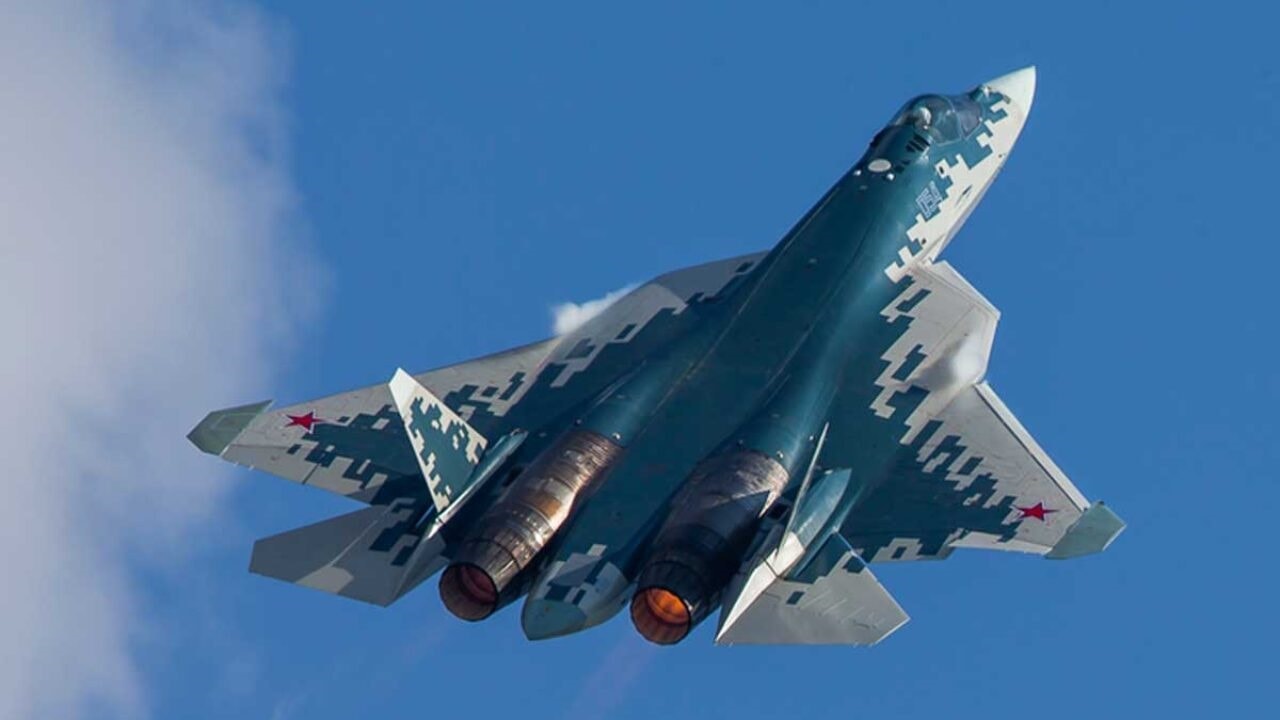As Russia’s offensive remains bogged down in the Ukrainian mud, the Biden administration is claiming that Moscow has sought military assistance from Beijing. US intelligence reports that China is considering whether to give assistance and if so, how much. This represents a profound reversal of the traditional arms relationship between Russia and China, which has long involved the transfer of arms in the opposite direction.
What can China offer Russia? For our purposes, we will exclude the three most important contributions that China can make to Russia’s war effort, namely financial, economic, and diplomatic support, and concentrate specifically on military capabilities.
Food for the Russian Military in Ukraine?
An army, it is said, marches on its stomach. Modern mechanized armies tend to march (or drive, as the case may be) on some variant of the “Meal Ready to Eat,” or MRE. These meals are almost universally designed to provide high caloric content in a small, transportable, low-weight package that soldiers can use without excessive equipment or outside supplies. In Ukraine, reports suggest that one of the most critical Russia needs at the moment involves the delivery of rations to troops in the field. This seems like an exceedingly simple problem to solve, but apparently, corruption and poor maintenance of stocks have led to a shortage in usable MREs, as well as difficulties in getting MREs to units at the front.
March is not a great month to run short of food in the northern hemisphere, and the war itself has disrupted both Russian and Ukrainian food supplies. Thus, some reports indicate that one of the first and biggest asks for Russia is food; the People’s Liberation Army MREs that can be transported to the front and distributed to Russian soldiers. This is an ask that China can undoubtedly meet, as it likely has significant stocks and no immediate need for their use. That said, the quality of Chinese MREs is altogether uncertain. Chinese rations may also not meet Russian dietary needs. Hungry soldiers will eventually eat almost anything if they can’t get what they want, but stomachs and digestive systems accustomed to one kind of food may not react well to a completely foreign diet.
Munitions
At one point in history, China and Russia used broadly compatible equipment, but after 1961 the Chinese defense industrial base needed to become self-sufficient. The blooming of the Russia-China relationship in the 1990s again led to a period of broad compatibility, but rapid increases in Chinese technological capabilities have led to a significant divergence between the two militaries. This means that while in the past Russia probably could have counted on Chinese equipment to be interchangeable with its own, that is no longer the case.
Still, with Russia reportedly running short on various stocks of munitions, China can supply some but not all of Russia’s needs. Light ammunition, infantry weapons, and possibly ammunition for some larger guns are all likely manageable. Chinese anti-tank-guided munitions could easily be adapted for Russian purposes, although it’s unclear whether Russia has a shortage of such weapons. China could also supply basic equipment such as communications devices and other items needed to support vehicles and soldiers in the field.
Land Vehicles
Russia’s losses in land vehicles in the Russia-Ukraine War have been exorbitant, in some part because of the ineptitude of Russia’s mechanized offensive, and in some part because of the tremendous amount of anti-tank guided missiles that NATO has transferred to Ukraine. At points in its history, the idea of Russia running short of land vehicles would be utterly absurd, given the stockpiles left over from the USSR. But Russian production of mechanized vehicles nosedived around the collapse of the Soviet Union and has remained low (relatively to loss rates) in the decades since. Russia continues to have large stocks of mechanized vehicles in reserve, but most are in unmodernized condition and the viability of returning them to service in any kind of significant number is unclear. Finally, Russia curtailed production of some legacy vehicles in anticipation of the availability of the Armata family of armored vehicles, and unfortunately, the Armata project has been slow to bear fruit.
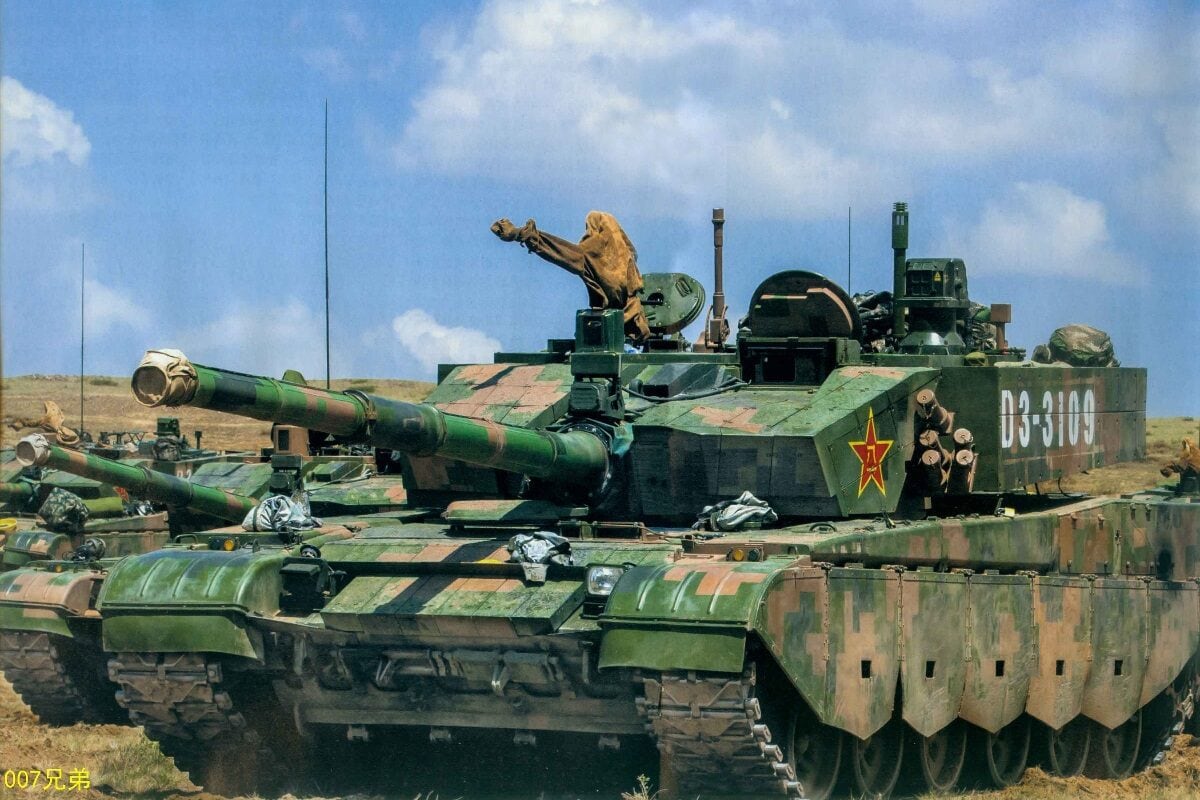
Type 99 Tank. Image: Creative Commons.
Thus, Russia has found itself in the uncomfortable position of potentially being in the market for Chinese mechanized vehicles. China exports a number of mechanized vehicles, including infantry fighting vehicles and tanks, and produces vehicles in sufficient numbers to replace Russian losses. Integrating these vehicles would take some time (perhaps longer than it would take to rehabilitate some of the vehicles in Russian storage), but if the war runs long it might make sense for Russia to acquire Chinese armor.
Air Vehicles
Russian air losses have been significant but not catastrophic thus far. Given the rapid expansion of Ukraine’s surface-to-air missile systems (supported by NATO), Russia’s air forces could at some point suffer an unsustainable degree of attrition. Russia and China already have a relationship in the aerospace sector, although largely it has involved the transfer of Russian equipment to China. In the extreme, China could help recapitalize Russia’s air force if the latter suffers serious losses.
What could the Chinese sell Russia? In some ways, China’s aerospace sector has exceeded that of Russia, although it still lags in some areas such as engines. China’s J-20 stealth fighter, for example, is far more mature in terms of technology and production than Russia’s Su-57. However, if Russia needs fighter aircraft it would probably rely more on established systems such as the J-10 or J-11. In the short term, the most important contribution that China could make would be its extensive drone fleet. Although Chinese UAVs have been known to suffer from quality control issues, they are cheap and relatively easy to integrate into Russia’s military structure.
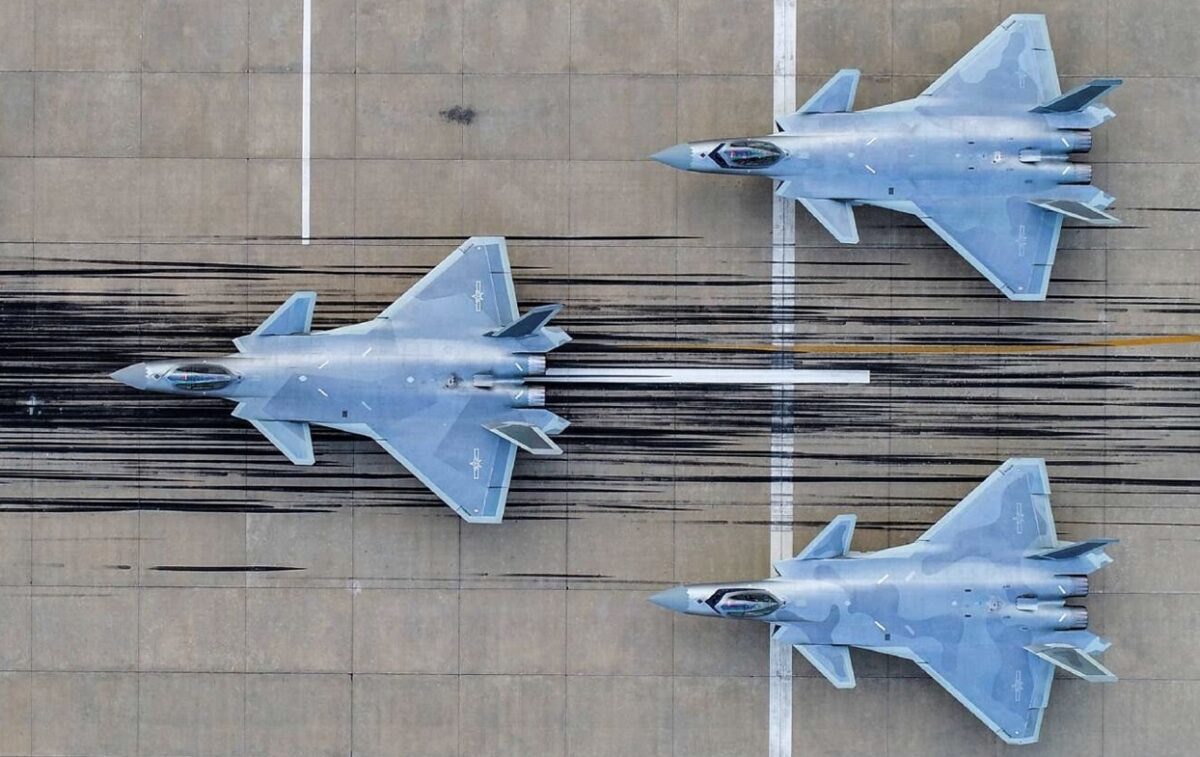
Image of Chinese J-20 fighters: Creative Commons.
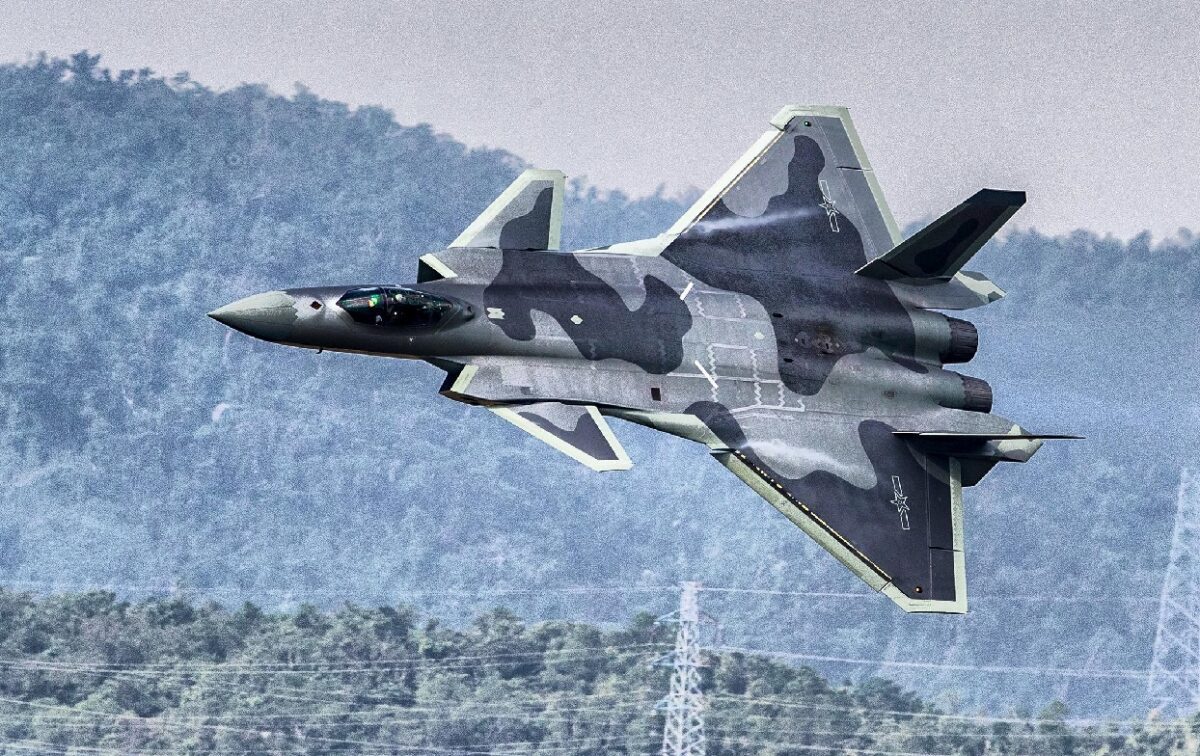
Image of Chinese J-20s: Creative Commons.
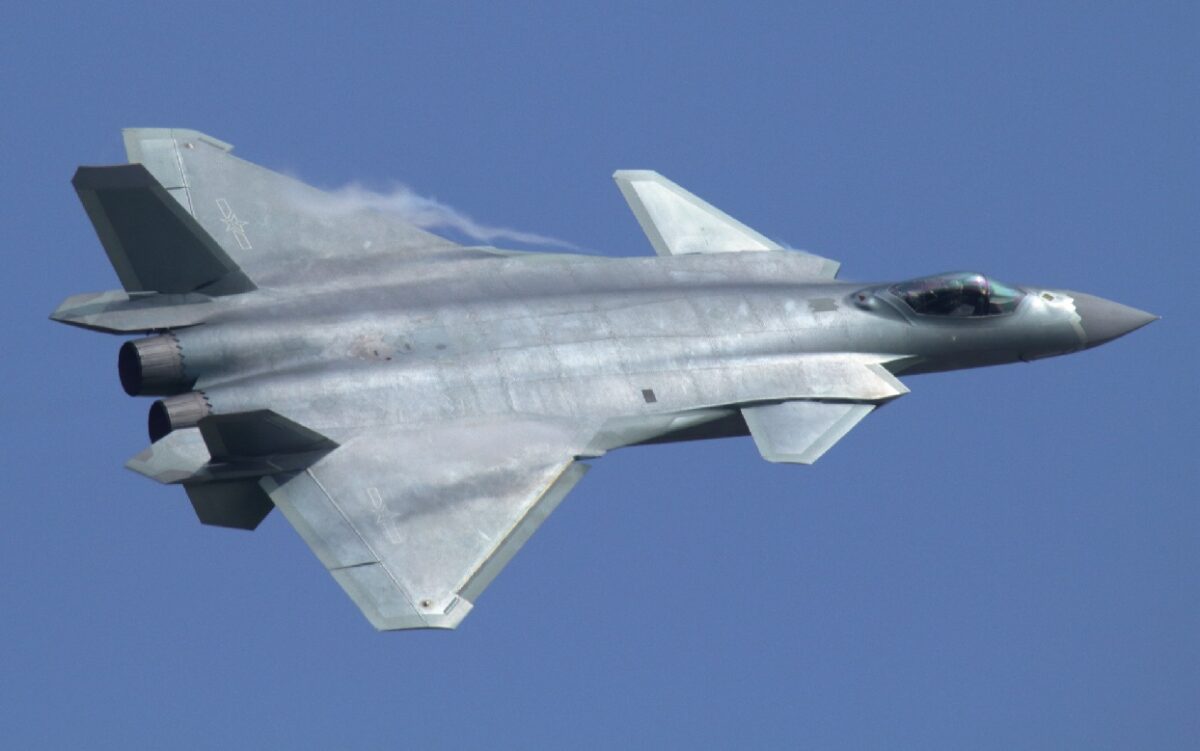
Image of J-20 Stealth Fighter. Image Credit: Creative Commons.
Sea Vehicles
Russia’s seapower has played an understated role in the Ukraine war, with Russian vessels supplying some shore bombardment, blockading Ukrainian ports, and offering an amphibious “fleet in being” to tie down Ukrainian forces in Odessa. Given massive Russian superiority in the Black Sea, it is unlikely that buying warships from China represent any kind of priority for Moscow.
However, in the long run, the sclerotic nature of Russia’s shipbuilding sector makes it a natural target for Chinese exports. China already exports a variety of small and medium-sized surface warships, and conceivably could make the jump to larger ships vessels such as amphibious assault ships or even aircraft carriers. The Russians could potentially pay for surface warships at least in part with expertise and technology in the sub-surface sector, the only area in which Russia still has a lead over China.
Will China Really Help Russia in Ukraine?
Chinese military support for Russia could undoubtedly be significant although probably not decisive in this conflict. Much of course depends on how long the war continues; if Russia decides to continue the war after being bogged down during the spring, it could require a substantial recapitalization for summer and autumn offensive actions. But let there be no doubt; the fact that Russia needs Chinese help is catastrophic in the long run for Russia’s defense industry. Russia and China already compete for the same customers (apart from India), and Beijing often enjoys a cost if not quality advantage over Moscow. If Russia shows the world that it cannot resupply its own armed forces, it risks allowing China to eclipse it nearly completely on the international arms export market.
Now a 1945 Contributing Editor, Dr. Robert Farley is a Senior Lecturer at the Patterson School at the University of Kentucky. Dr. Farley is the author of Grounded: The Case for Abolishing the United States Air Force (University Press of Kentucky, 2014), the Battleship Book (Wildside, 2016), and Patents for Power: Intellectual Property Law and the Diffusion of Military Technology (University of Chicago, 2020).

